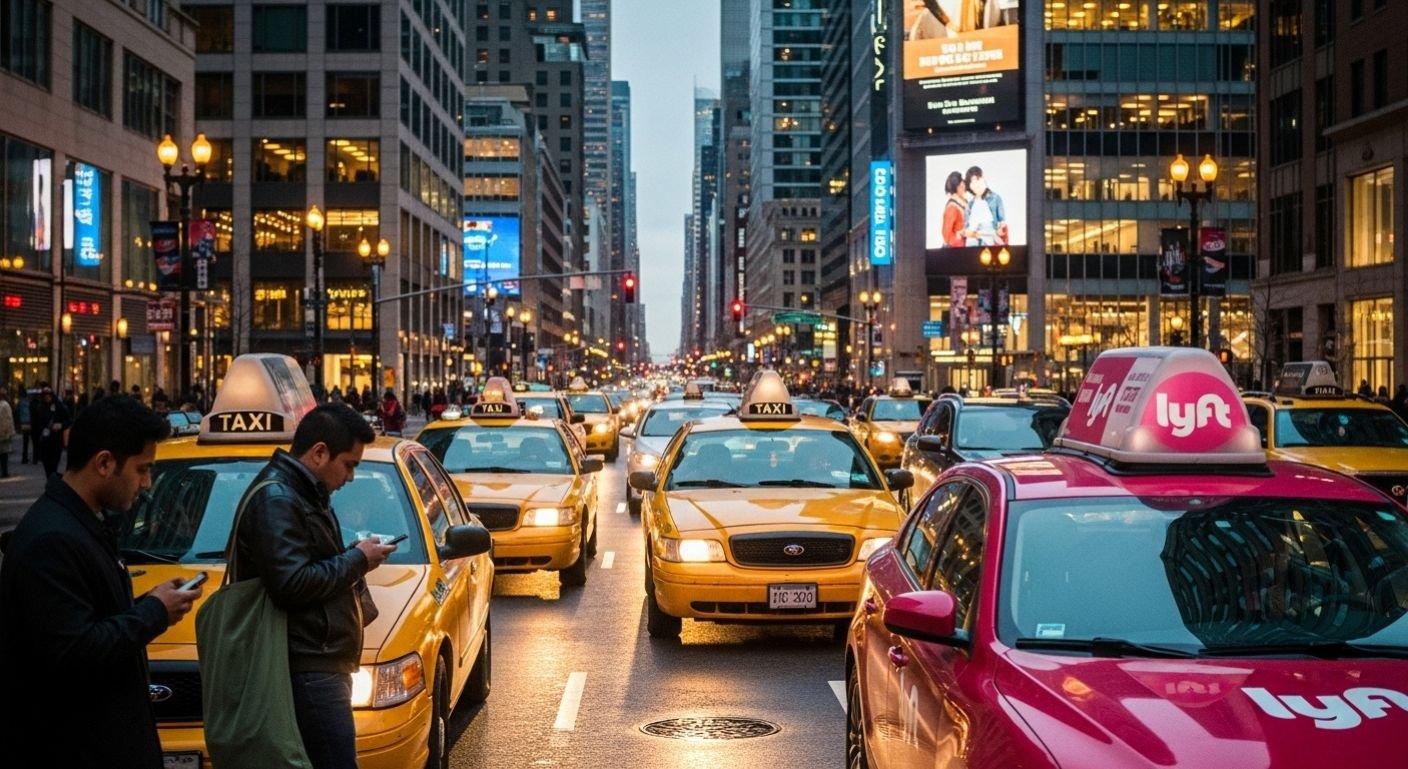Contents
Introduction to Carpool Lanes
Carpool lanes are the unsung heroes of our highways. These designated strips of pavement offer a lifeline for commuters who want to bypass traffic and make their daily drives more efficient. But there’s much more to these lanes than meets the eye. From specific rules to best practices, understanding carpool lanes can transform your driving experience.
Ever noticed those signs flashing “HOV” or “Carpool Only”? They signal an opportunity not just for faster travel but also for reducing congestion and emissions on busy roads. Whether you’re a novice looking to dip your toes into carpooling or a seasoned commuter wanting to brush up on the latest regulations, this guide has something for you.
Join us as we take a deep dive into what carpool lanes really mean, how they function, and why they’re worth using. With some simple tips and insights, you’ll be navigating these lanes like a pro in no time!
The Purpose of Carpool Lanes
Carpool lanes, often marked with distinctive signs and symbols, serve a critical function on busy highways. Their primary purpose is to encourage carpooling among commuters. By providing a dedicated space for vehicles carrying multiple passengers, these lanes help reduce single-occupancy travel.
In turn, this leads to less traffic congestion during peak hours. When more people share rides, fewer cars occupy the roadways. This not only eases the flow of traffic but also lowers emissions and fuel consumption.
Additionally, carpool lanes can save time for those who use them correctly. They offer a quicker route for high-occupancy vehicles compared to regular lanes filled with solo drivers stuck in stop-and-go conditions.
Promoting shared rides through designated lanes contributes to a more efficient transportation system while benefiting the environment.
Rules and Regulations for Carpool Lanes
Carpool lanes, often marked by diamond symbols, are reserved for vehicles with multiple passengers. Typically, you’ll need at least two or three occupants to qualify—check your local laws.
Vehicles utilizing these lanes must display a special permit in some areas. This ensures compliance and helps law enforcement identify eligible cars quickly.
Speed limits in carpool lanes may differ from regular traffic lanes. Always observe posted signs to avoid fines.
Keep an eye out for lane changes as they might be limited during peak hours. Merging into or out of a carpool lane should be done safely and cautiously.
Remember that solo drivers are generally not allowed in these dedicated lanes unless specific exceptions apply, such as electric vehicles with the right decals. Staying informed about regulations is crucial for smooth travel on these routes.
How to Use a Carpool Lane Properly
Using a carpool lane correctly is essential for everyone’s safety and efficiency on the road. First, ensure you meet the occupancy requirements. Most lanes require at least two passengers, but check local regulations as they may vary.
When entering or exiting a carpool lane, signal your intent clearly. This helps other drivers anticipate your movements and maintains smooth traffic flow.
Stay aware of the signs that indicate when carpool lanes are in effect. Some lanes operate during rush hours only, while others may be active throughout the day.
Avoid making sudden lane changes without checking mirrors and blind spots. Carpool lanes can be busier than regular ones due to multiple vehicles merging in and out.
Always adhere to speed limits within these designated areas to foster safe driving practices among all users. Respecting these rules contributes to a more efficient commuting experience for everyone involved.
Benefits of Using Carpool Lanes
Carpool lanes offer a variety of advantages for commuters. First and foremost, they typically allow for faster travel times. With fewer vehicles in these lanes, drivers can glide along without the usual stop-and-go traffic.
Another significant benefit is reduced fuel consumption. Sharing rides means fewer cars on the road, leading to decreased emissions and better air quality. This collective effort contributes positively to environmental sustainability.
Cost savings also play a crucial role. By carpooling with others, you share expenses like gas and tolls, making commuting more economical.
Moreover, using carpool lanes often leads to less stress during your drive. Enjoying smoother traffic flow can make your journey much more pleasant compared to regular lanes packed with vehicles.
Carpooling fosters community connections as it encourages social interaction among riders while helping everyone reach their destination efficiently.
Common Misconceptions about Carpool Lanes
Many drivers hold misconceptions about carpool lanes that can lead to confusion. One common myth is that these lanes are only for buses and high-occupancy vehicles. In reality, they often allow multiple passengers in a single vehicle.
Another misunderstanding is the belief that carpool lanes are available at all times. Some areas enforce time restrictions, meaning these lanes may not be open during certain hours. Ignoring this rule can result in hefty fines.
People also think they need a specific type of vehicle to use carpool lanes, which isn’t always true. As long as you meet the passenger requirements, most standard cars qualify.
There’s the notion that using a carpool lane will save significant time regardless of traffic conditions. While it does offer advantages during peak hours, it won’t necessarily speed things up if congestion affects all lanes equally.
Tips for Driving in a Carpool Lane
When driving in a carpool lane, your focus should be on safe and efficient travel. Always keep an eye on the vehicle occupancy requirements. Make sure you have enough passengers to legally use the lane.
Stay alert for signs indicating when carpool lanes are active or if they switch to general traffic during specific hours. Keeping track of these changes can save you from potential fines.
Maintain a steady speed while in the lane. This helps with traffic flow and reduces sudden stops, which can lead to accidents.
Be mindful of vehicles merging into your lane. Other drivers may not always see you right away, so give them space when necessary.
Remember that patience is essential. Traffic conditions can vary greatly; stay calm and collected even if you’re stuck behind slower-moving cars in adjacent lanes.
Also Read Latest Post:
Carpool Caterer – Food & Catering Services for Commuters and Events
Conclusion
Carpool lanes serve a crucial role in modern traffic management. They help reduce congestion, promote carpooling, and contribute to environmental sustainability by lowering emissions. Understanding their purpose and the rules surrounding them can enhance your driving experience.
Driving in a carpool lane comes with its own set of guidelines that are important to follow. Knowing how many passengers you need to make use of these lanes is key, as well as staying updated on local laws since they can vary from one area to another.
Using carpool lanes not only aids your commute but benefits everyone on the road by lessening traffic woes. Despite some common misconceptions about usage and regulations, educated drivers can navigate these spaces effectively.
Adopting best practices while driving in a carpool lane will ensure safety for all motorists involved. Awareness and respect for the rules go a long way toward making our roads safer and more efficient.
By embracing the advantages of carpool lanes, you’re contributing positively—not just for yourself but also for fellow commuters.




